I have already pointed out that Ikaria is a great destination for mountain walking. These days there are some decent maps available which help in finding your way. This has not always been the case. Signposting is sometimes a bit hit and miss, but where it is good it is usually very good.
Little markers on trees and rocks often represent valuable aids in keeping to the correct path.
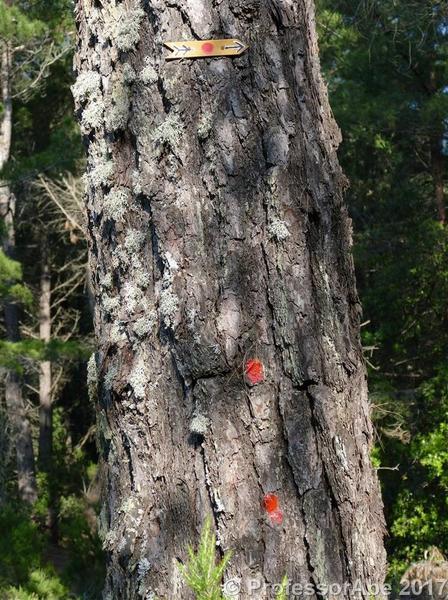 In places the markers can be quite unconventional.
In places the markers can be quite unconventional.
In contrast to many other Greek islands, where much of the vegetation turns brown as the summer season proceeds, Ikaria largely retains its various shades of green.
The reason, of course, is that there are lots of streams and springs which provide the liquid lifeblood necessary. The various watercourses also add to the visual appeal of Ikaria’s landscapes.
The water attracts insects such as dragonflies, which can be found in large numbers and all kinds of colours.
However, there is also a downside. The picture immediately below shows a nice canyon with a gentle stream cascading down it and forming small pools.
The next shot depicts the same canyon, photographed from the other side. You will notice that the second photo shows a beautiful old stone bridge, of which there is no trace whatsoever in the first one. The straightforward explanation is that the photo of the bridge was taken in September 2010, whereas the first one is more recent. The bridge was washed away in October 2010, when torrential rainfalls turned the gentle stream into a boiling river. (Credits for the 2010 photo, incidentally, go to my wife. It is quite possibly the last photo ever of the bridge.)
Heavy rainfalls in the autumn and winter are a regular occurrence on the island – which is why the beds of the little brooks you see on your walks always look far too wide. Once summer is over, the streams swell and often become proper rivers, with a destructive power to match. Before you ask: the lovely natural bridge in the photo at the beginning is still there – or at least it was when I took the photo in June.
Walks on Ikaria offer many different kinds of photo opportunities, as the three shots below illustrate.
The vegetation is also rather varied. You might expect the pine forests, you might not expect the hillsides covered in holm oaks, and you might be positively surprised by the ubiquitous presence of strawberry trees. In the shot below they are illuminated quite nicely by the setting sun.
Often strawberry trees also form the understorey vegetation in the pine woods. In case you have never heard of a strawberry tree, the next photo will go a long way towards explaining the origin of the strange name.
The fruit ripens in the late autumn and the little berries resemble wild strawberries. When they are fully ripe (i.e. bright red), they even taste a bit like them.
The physical infrastructure of Ikaria has improved significantly in the recent past. Places which could only be reached via long journeys on rough dirt tracks now have good asphalt roads leading to them. For instance, you can now get from Armenistis to the mountain village of Vrakades, where the photo below was taken, in around 25 minutes.
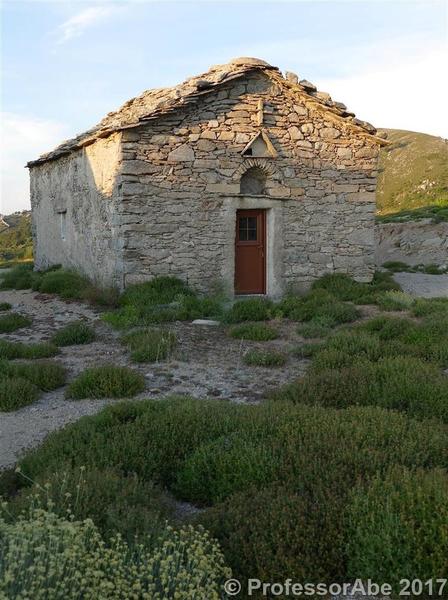
For the journey to Karkinagri in the extreme South-West of the island a 4x4 used to be highly advisable, but this June we got there easily in our little rent-a-wreck car.
There is also a proper road now all the way to Manganitis (pictured below). However, for the last few kilometres it clings precariously to the steep mountainside, making it a nightmare for people who suffer from a fear of heights. I have only ever made the journey once.
As to public transport – the buses which ran quite regularly when we first visited in the late 1980s have virtually completely disappeared. On our last visit we did spot what looked like a public service bus, but we only saw it twice (in almost three weeks) and never came across anything that looked like a timetable.
Previous parts of this series have featured photos with Fourni, Ikaria’s closest neighbour, in the distance. There are regular boat trips across and some ferries call at both islands. A couple of years ago we went on the last boat trip of the season (in the final week of September) and I thought it might be a good idea to include a few photos from that trip in this final dispatch.
In the photo below the little boat has just left Agios Kyrikos. We were glad that the sea was as smooth as the proverbial mill pond.
As you get closer to Fourni, you realise that it is not a single island, but a group of small ones that are packed closely together.
Thimena, the second largest of the islands, was our first stop.
The photo above was taken from a church on the hill – our boat is the one next to the jetty. The view in the other direction was towards the main island.
The interior of the church was more colourful than we had anticipated.
The little chapel by the harbour was certainly worth a photo, too.
The boat then took us across to the main town. As it was the end of the season, it was very quiet and most of the people we met when we wandered around were those who had arrived there with us.
Fourni is renowned locally for its seafood. The octopus and squid on the grill were destined for our own plates.
On the way back the captain decided to give us all a special treat by taking the long route round. Going through several narrow channels and seeing the many small bays and inlets, it became very clear to us why Fourni had once been a pirate stronghold. You could hide all sorts of things here.
We got back to Ikaria in the early evening, leaving just enough time to make the 90-minute drive to Armenistis in daylight. It is not a road you would want to be on in the dark, especially if you are not familiar with all the bends and twists.
Well, this is almost the end of the piece. I thought I would conclude it with some photos of Ikarians enjoying themselves. The Greek term for a village festival is ‘Paniyiri’ and during the year virtually every village has one. Soon after we arrived on our latest trip, the villagers of Kastanies (literally ‘chestnuts’), a short drive away, were holding theirs.
Unusually, it started at lunchtime rather than in the evening. However, things only really got going as the sun was going down.
The traditional fare at these festivals is roast goat with fried potatoes and salad, accompanied by copious quantities of local wine.
Unfortunately, we missed this year’s paniyiri in Armenistis by a week or so, but I have a couple of photos from the year before.
The musicians started playing at 9 in the evening – and continued until dawn the next day! They did not only have stamina, though; they were very talented, too.
We did not stay until daybreak, but staggered back to our room in the early hours. At that time the party was still in full swing.
I hope you have enjoyed some of the photos and little stories about Ikaria which I have posted over the last few weeks. We have lost count of how often we have been there, but it must be around 20 times – and we’ll be back!

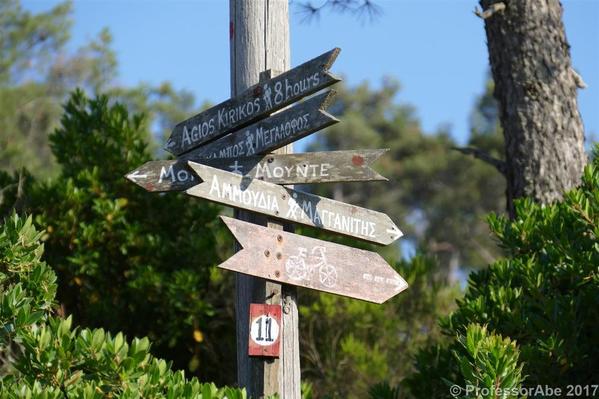
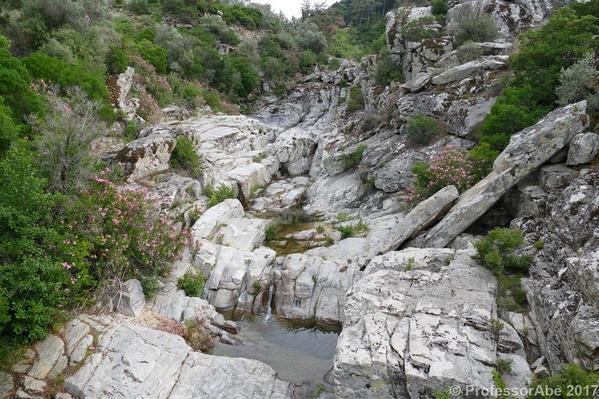
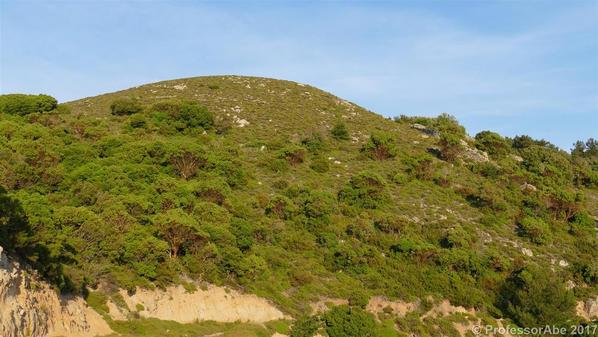
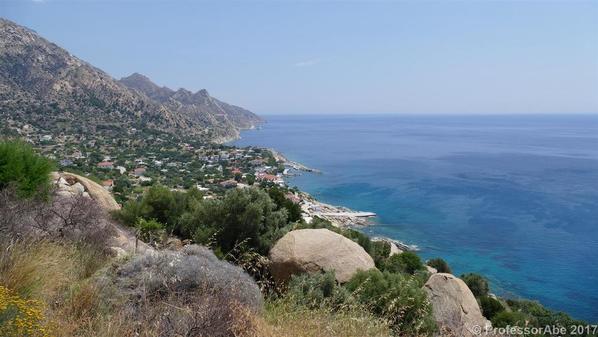
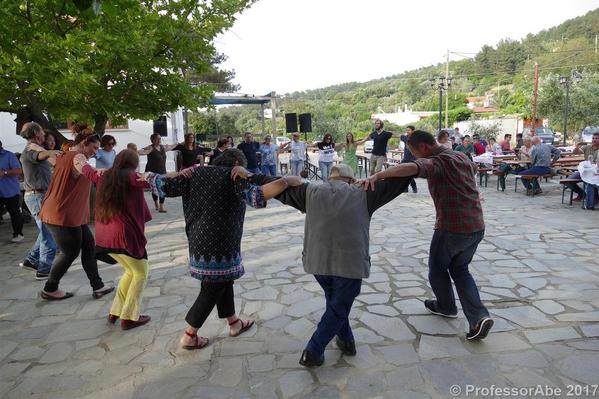
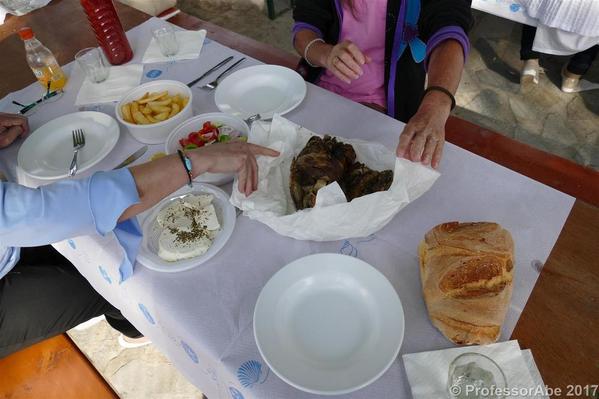
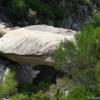








Comments (0)